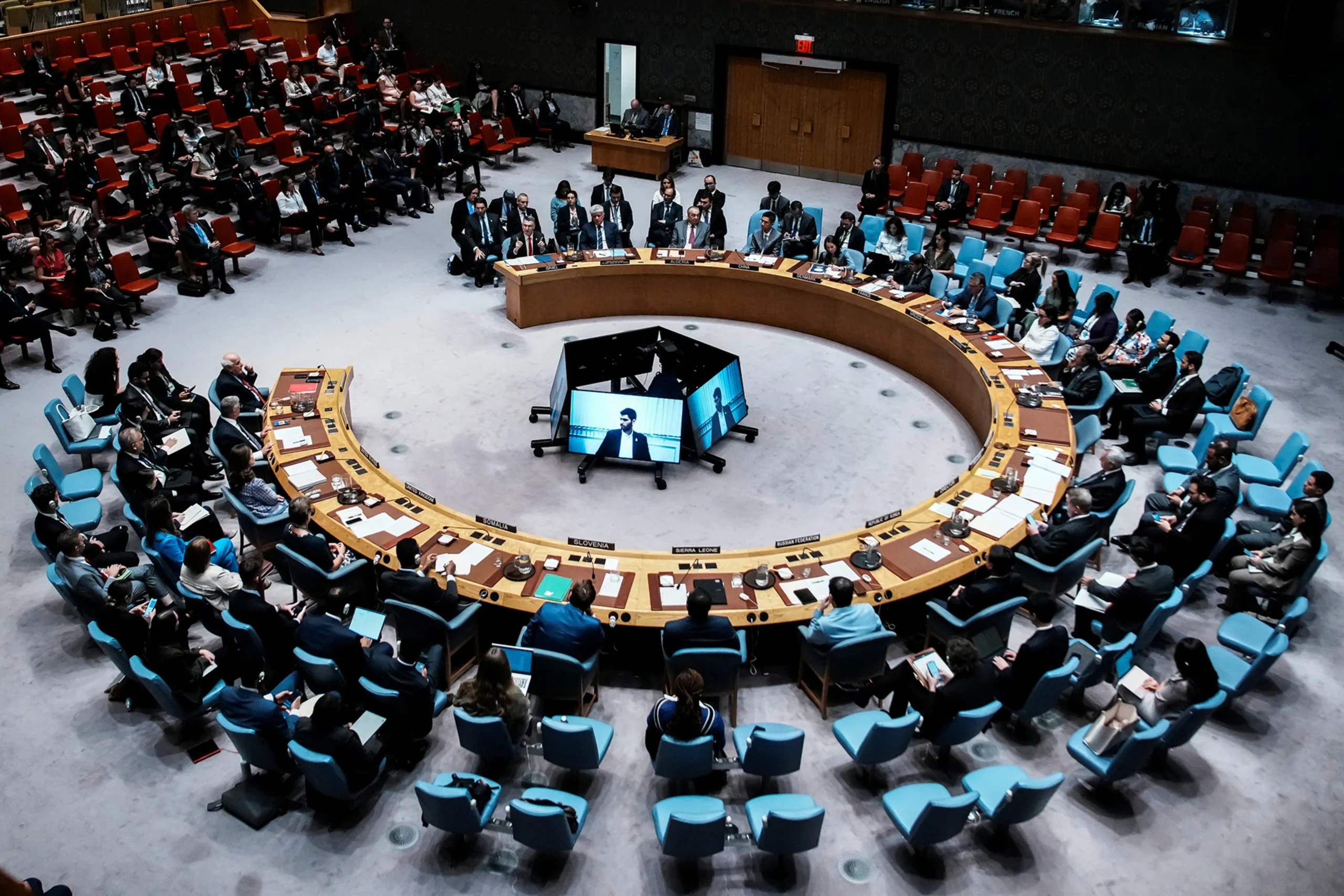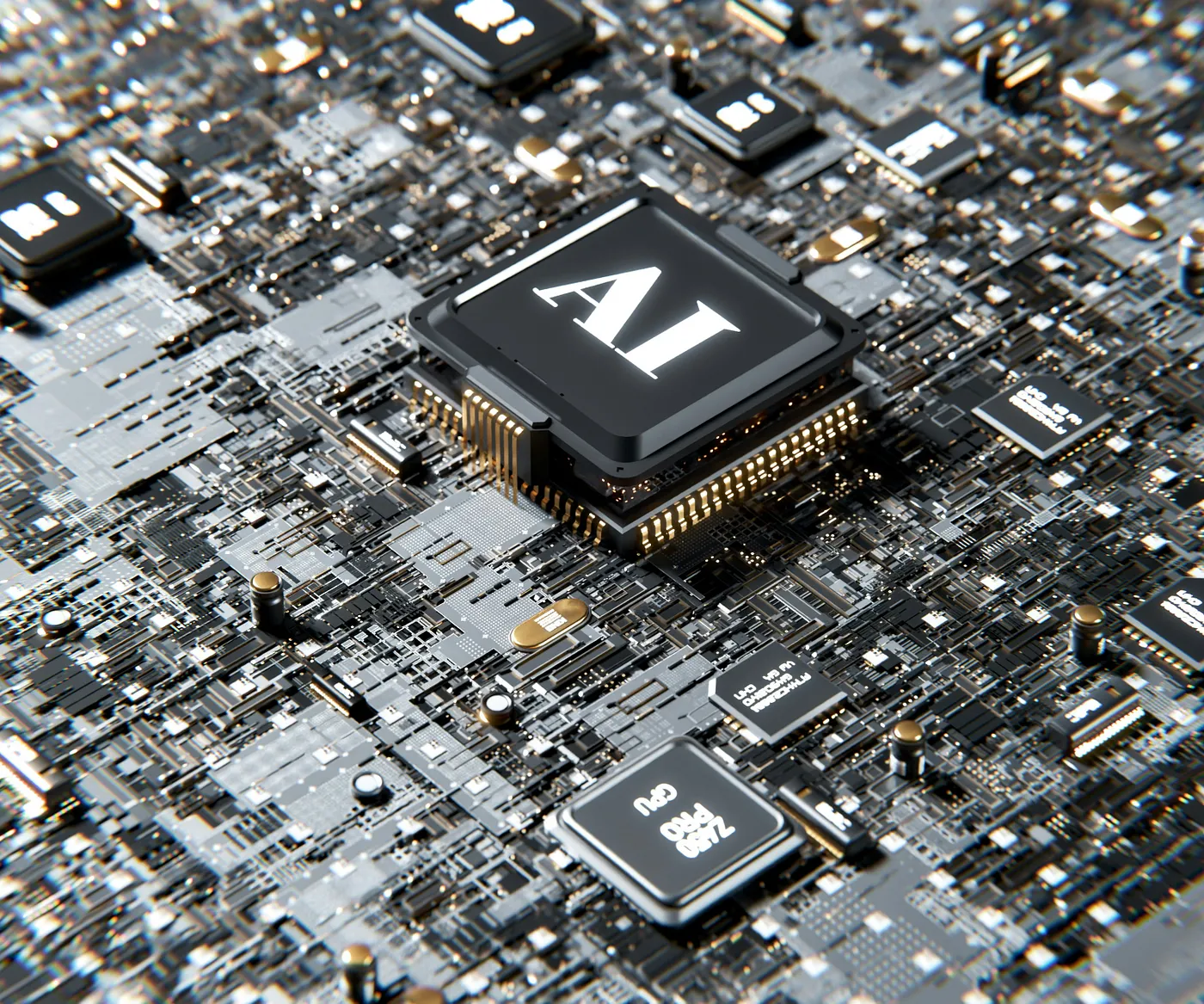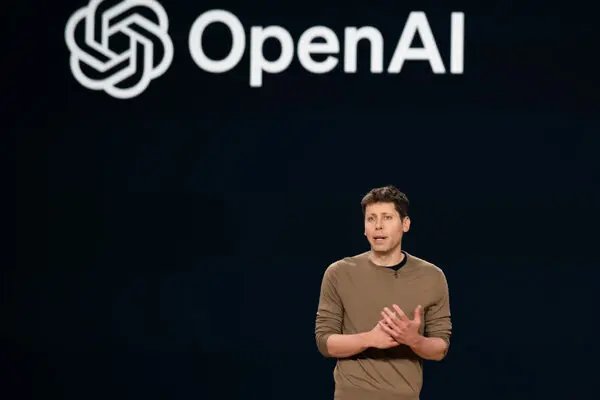How ChatGPT for Teens reflects deeper societal anxieties about artificial intelligence’s role in young people’s lives
On September 16, 2025, as Americans grappled with mounting concerns about artificial intelligence’s impact on human creativity and relationships, OpenAI announced a sweeping overhaul of ChatGPT designed specifically for users under 18. The timing was not coincidental—it came just one day before new Pew Research Center data revealed that half of all Americans are more concerned than excited about AI’s expanding role in daily life, with young adults expressing the strongest fears about AI eroding their creative and social abilities.
This convergence of corporate action and public sentiment reveals a striking paradox: while teens increasingly embrace AI tools like ChatGPT, they simultaneously harbor deep reservations about AI’s long-term impact on their generation’s capacity for creativity and meaningful human connection.
The Safety Imperative
OpenAI’s new teen-focused ChatGPT represents the most comprehensive attempt yet by a major AI company to address child safety concerns that have attracted regulatory scrutiny and sparked numerous lawsuits. The initiative introduces several key protections:
Age Prediction Technology: OpenAI is developing systems to estimate user age based on interaction patterns. When uncertain, the system defaults to teen-safe mode “out of an abundance of caution,” according to the company.
Behavioral Guardrails: The teen version eliminates “flirtatious talk” and implements additional safeguards around discussions of suicide and self-harm—responses to documented cases where AI chatbots have engaged inappropriately with minors.
Parental Controls: Parents can monitor their teen’s ChatGPT usage, set time limits, and receive notifications when the system detects their child may be in acute distress. However, these controls require parental activation, and teens can still use ChatGPT without parental oversight if parents don’t engage.
Crisis Detection: Perhaps most significantly, OpenAI promises to alert parents when AI detects signs of acute psychological distress in teen users, though the company has provided few details about how this system will work or what safeguards exist against false positives.
The announcement came as OpenAI faces intensifying scrutiny from the Federal Trade Commission and mounting legal pressure from families who claim ChatGPT has caused harm to children. CEO Sam Altman acknowledged in a blog post that some of the company’s principles are “in conflict,” hinting at tensions between promoting AI adoption and ensuring user safety.
The Unease Paradox
The teen safety measures arrive against a backdrop of unprecedented American anxiety about AI’s societal impact. New Pew Research data, released just one day after OpenAI’s announcement, paints a picture of a nation deeply uncomfortable with AI’s expanding influence:
Growing Concern: Fifty percent of Americans now say they’re more concerned than excited about increased AI use in daily life, up from 37% in 2021. Only 10% express more excitement than concern.
Creative Fears: A majority (53%) believe AI will worsen people’s ability to think creatively, compared to just 16% who think it will improve creative thinking. The numbers are even more stark for relationships: 50% say AI will harm people’s ability to form meaningful connections, while only 5% see improvement.
Generational Divide: Paradoxically, young adults—the demographic most likely to use AI tools—express the strongest concerns. Sixty-one percent of adults under 30 say AI will make people worse at creative thinking, compared to about 40% of those 65 and older. Similarly, 58% of young adults worry AI will harm relationship formation.
This generational paradox suggests that familiarity with AI breeds concern rather than comfort. Young people aren’t rejecting AI—they’re using it extensively—but they’re also acutely aware of its potential psychological and social costs.
The Trust Deficit
The Pew data reveals another troubling dimension: Americans want to identify AI-generated content but don’t trust their ability to do so. Seventy-six percent say it’s extremely or very important to distinguish between AI and human-created content, yet 53% lack confidence in their ability to make that distinction.
This trust deficit has profound implications for teen users, who may be particularly vulnerable to AI-generated misinformation or manipulation. OpenAI’s parental controls attempt to address this gap, but they rely on parents having both the technical sophistication and time to actively monitor their teen’s AI interactions.
The company’s age prediction technology also raises questions about effectiveness and privacy. How accurately can AI predict a user’s age based on conversation patterns? What data is collected in this process? And what happens when the system makes mistakes—either exposing teens to inappropriate content or restricting adults unnecessarily?
Educational and Creative Implications
The tension between AI adoption and creative concern is particularly acute in educational settings. Schools increasingly incorporate AI tools for learning, even as educators worry about students becoming overly dependent on artificial intelligence for thinking and problem-solving.
OpenAI’s teen safeguards don’t directly address these educational concerns. While the company restricts flirtatious behavior and adds suicide prevention measures, it doesn’t limit academic use—meaning teens can still rely heavily on ChatGPT for homework, creative writing, and critical thinking exercises.
This approach reflects broader uncertainty about AI’s proper role in adolescent development. Should AI serve as a creative collaborator or cognitive crutch? How can parents and educators encourage beneficial AI use while preventing over-dependence?
Regulatory and Legal Pressure
The ChatGPT teen initiative emerges from a complex web of regulatory pressure and legal liability. The FTC has opened investigations into OpenAI’s data practices, while multiple lawsuits allege the company’s products have caused psychological harm to minors.
One high-profile case involves a teen who developed an intense emotional relationship with a ChatGPT-style AI before taking his own life. While OpenAI wasn’t directly involved in that case, it illustrates the potential risks when AI systems simulate human-like emotional connections with vulnerable users.
The company’s new restrictions on “flirtatious talk” represent a direct response to such concerns, but critics argue the measures don’t go far enough. Child safety advocates want stronger age verification, more comprehensive content filtering, and mandatory parental consent for users under 18.
The Control Paradox
Perhaps the most significant finding in the Pew data is Americans’ desire for more control over AI in their lives. Fifty-seven percent want additional control, while only 17% are comfortable with their current level of influence over AI systems.
This control deficit is especially pronounced for parents of teens. OpenAI’s new parental controls offer some oversight, but they’re optional and limited. Parents must actively sign up, learn how to use the tools, and maintain ongoing supervision—barriers that may prevent widespread adoption.
Moreover, the controls don’t address AI use outside ChatGPT. Teens encounter AI across social media platforms, educational apps, and entertainment services, most of which lack similar parental oversight tools.
Economic and Social Implications
The AI anxiety documented in Pew’s research has broader economic and social implications. If Americans increasingly distrust AI systems, they may resist adoption of beneficial applications in healthcare, education, and scientific research.
For teens specifically, AI literacy becomes a crucial skill for future economic success. Yet if young people develop dysfunctional relationships with AI during adolescence—either over-dependence or excessive avoidance—it could impair their ability to navigate an increasingly AI-integrated economy.
OpenAI’s approach attempts to thread this needle by maintaining teen access while adding safety guardrails. Whether this balanced approach can address both safety concerns and economic imperatives remains unclear.
Looking Forward
The simultaneous release of OpenAI’s teen safety measures and Pew’s anxiety data creates a unique moment for AI policy. Companies face mounting pressure to address safety concerns, while researchers document growing public unease about AI’s societal impact.
Several key questions emerge from this convergence:
Effectiveness: Will OpenAI’s age prediction and parental controls actually improve teen safety, or do they simply provide liability protection for the company?
Adoption: Will parents use the new oversight tools, or will most teens continue using ChatGPT without supervision?
Precedent: Will other AI companies implement similar teen protections, or will ChatGPT’s approach become an outlier?
Regulation: Will voluntary industry measures satisfy regulators, or do mounting public concerns require comprehensive federal AI safety legislation?
The Broader Context
The ChatGPT teen initiative and Pew’s anxiety data reflect deeper questions about AI’s role in human development and society. As artificial intelligence becomes more sophisticated and pervasive, societies must grapple with fundamental questions about human agency, creativity, and connection.
For teens, these questions are particularly acute. They’re developing their identities and capabilities during AI’s explosive growth, making them both early adopters and potential victims of its negative effects.
The Pew data suggests Americans are not anti-AI but rather pro-human. They’re willing to use AI for analytical tasks like weather forecasting and medical research, but they resist AI involvement in creative, emotional, and spiritual domains.
This preference aligns with emerging research on human-AI collaboration, which suggests the most beneficial applications preserve human agency while augmenting human capabilities. Whether current AI development follows this path—or prioritizes engagement and adoption over human flourishing—will shape the next generation’s relationship with artificial intelligence.
Conclusion
OpenAI’s ChatGPT for Teens represents both progress and paradox in AI safety. The company has implemented meaningful protections while maintaining teen access to powerful AI capabilities. But these measures address only a fraction of the concerns documented in new Pew research data.
The deeper challenge isn’t just teen safety—it’s helping young people develop healthy, productive relationships with AI that enhance rather than replace human creativity and connection. Solving this challenge will require not just better technology and policies, but a fundamental rethinking of how we integrate artificial intelligence into human development.
As AI becomes an inescapable part of modern life, the choices we make today about teen access and safety will reverberate for decades. The question isn’t whether young people will use AI, but whether they’ll use it in ways that support their human potential or constrain it.
The answer may determine not just the fate of today’s teens, but the future of human creativity and connection in an AI-dominated world.
This investigation draws on recent announcements from OpenAI, new data from Pew Research Center, and analysis of regulatory and legal developments surrounding AI safety and teen protection.




